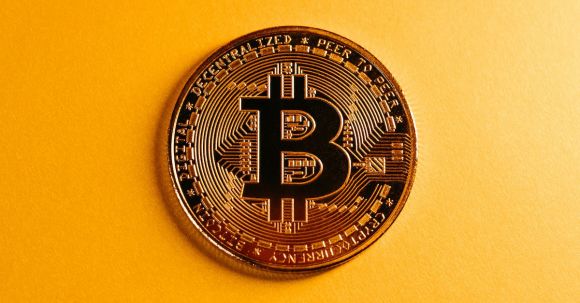Blockchain technology has revolutionized the way we think about digital assets. By providing a secure and transparent way to store and transfer value, blockchain has opened up new possibilities for businesses and individuals alike. However, one of the biggest challenges facing the blockchain industry today is the lack of interoperability between different blockchain networks. In this article, we will explore the concept of blockchain interoperability and discuss how it will shape the future of digital assets.
Understanding Blockchain Interoperability
Blockchain interoperability refers to the ability of different blockchain networks to communicate and share information with each other. Currently, most blockchain networks operate in isolation, with limited or no interaction between them. This lack of interoperability creates silos of information and restricts the flow of value across different networks.
The Importance of Interoperability for Digital Assets
Interoperability is crucial for the widespread adoption of blockchain technology. It allows for the seamless transfer of digital assets between different networks, making it easier for businesses and individuals to transact with each other. Imagine a world where you can send Bitcoin to someone using the Ethereum network or trade tokens on a decentralized exchange that supports multiple blockchain networks. This level of interoperability would unlock significant value and create new opportunities for innovation.
The Challenges of Achieving Interoperability
Achieving blockchain interoperability is not an easy task. There are several technical and governance challenges that need to be addressed. One of the main technical challenges is the different consensus mechanisms and data structures used by different blockchain networks. For example, Bitcoin uses a proof-of-work consensus mechanism, while Ethereum is transitioning to a proof-of-stake mechanism. These differences make it difficult for the two networks to communicate with each other.
Another challenge is the lack of a standardized framework for interoperability. Currently, there are several proposed solutions for achieving blockchain interoperability, such as atomic swaps, sidechains, and cross-chain bridges. However, there is no consensus on which approach is the best, and each solution has its own limitations and trade-offs.
The Future of Digital Assets with Interoperability
Despite the challenges, there are promising developments in the field of blockchain interoperability. Several projects and initiatives are working towards creating interoperability solutions that can bridge the gap between different blockchain networks. These solutions aim to provide a standardized framework for interoperability, making it easier for developers to build applications that can work across multiple blockchain networks.
With increased interoperability, we can expect to see a proliferation of decentralized applications (dApps) that leverage the strengths of different blockchain networks. For example, a dApp could use the security and immutability of the Bitcoin blockchain for storing sensitive data, while leveraging the smart contract capabilities of the Ethereum network for executing complex business logic.
Furthermore, interoperability will enable the seamless transfer of digital assets between different networks, creating a truly interconnected ecosystem of value. This would open up new possibilities for cross-border payments, supply chain management, and decentralized finance, among many other use cases.
In conclusion, blockchain interoperability holds the key to unlocking the full potential of digital assets. It will enable seamless communication and value transfer between different blockchain networks, paving the way for new innovations and use cases. While there are challenges to overcome, the future looks promising, with several initiatives working towards achieving interoperability. As the blockchain industry continues to evolve, we can expect to see a more interconnected and efficient ecosystem of digital assets.





